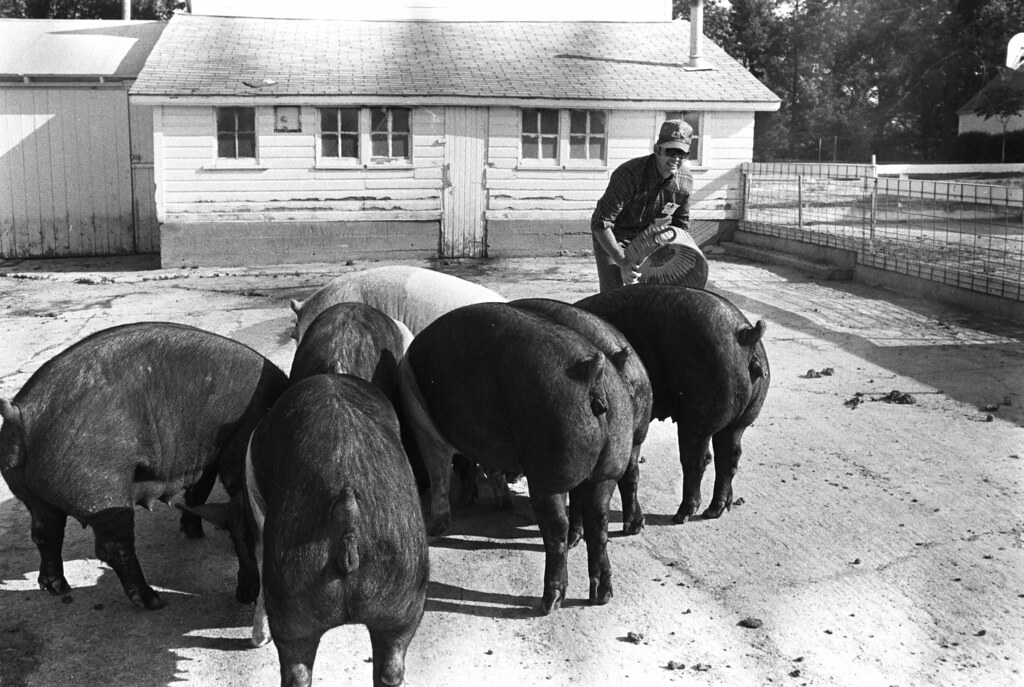African swine fever (ASF) has existed for more than a century. ASF is a highly contagious, deadly disease affecting both domestic and feral pigs, devastating pork industries around the globe. ASF was first described in 1921 in Kenya. In the decades that followed, it spread in several sub-Saharan African countries but remained on the African Continent until 1957.
African swine fever reached Europe in 1957 when it was detected in a Portugal pig farm. Through rapid depopulation of more than 10,000 pigs, this outbreak was quickly controlled. Just three years later, in 1960, the disease reappeared in Portugal and rapidly spread to Spain and France.
In 1978, ASF arrived in the Dominic Republic. Within a year, the disease killed nearly half of the country’s pigs and spread to Haiti. These governments worked cooperatively with USDA to eradicate ASF in the Dominican Republic in 1980 and in Haiti in 1984.
ASF remained in Europe until 1995. ASF was re-introduced in Europe in 2007 through Georgia and spread relatively uncontrollably. It began its expansion to Eastern Europe, affecting Armenia, Azerbaijan, and the Russian Federation, followed by Ukraine and Belarus.
In 2014, ASF entered the European Union (EU) through Lithuania, Poland, Latvia, and Estonia, followed by nine other European countries. By 2020, the threat grew closer to the EU’s two largest pig producing countries – France and Germany. ASF was since detected in Northern Italy and Germany. In Europe, both domestic pigs and wild boar have been infected. Wild boar played a significant role in the persistence of the virus throughout the continent.
While Europe suffered for years, ASF wasn’t detected in Asia until August 2018. Its spread in China was more rapid compared to other regions and affected over a dozen other Asian countries.
ASF continues to spread and impact the health and livelihood of swine industries around the world.
Currently, the United States remains ASF free, but the threat continues. In 2021, ASF was again detected in Haiti and the Dominican Republic. This proximity poses an increased threat to the health of U.S. swine. History has shown, ASF is difficult to control and has devastating consequences. Millions of pigs were depopulated around the globe because of this disease.
Free resources and information are available at the Protect Our Pigs website. We encourage travelers to check out our APHIS website to learn what they can do to help stop ASF from reaching the U.S.

